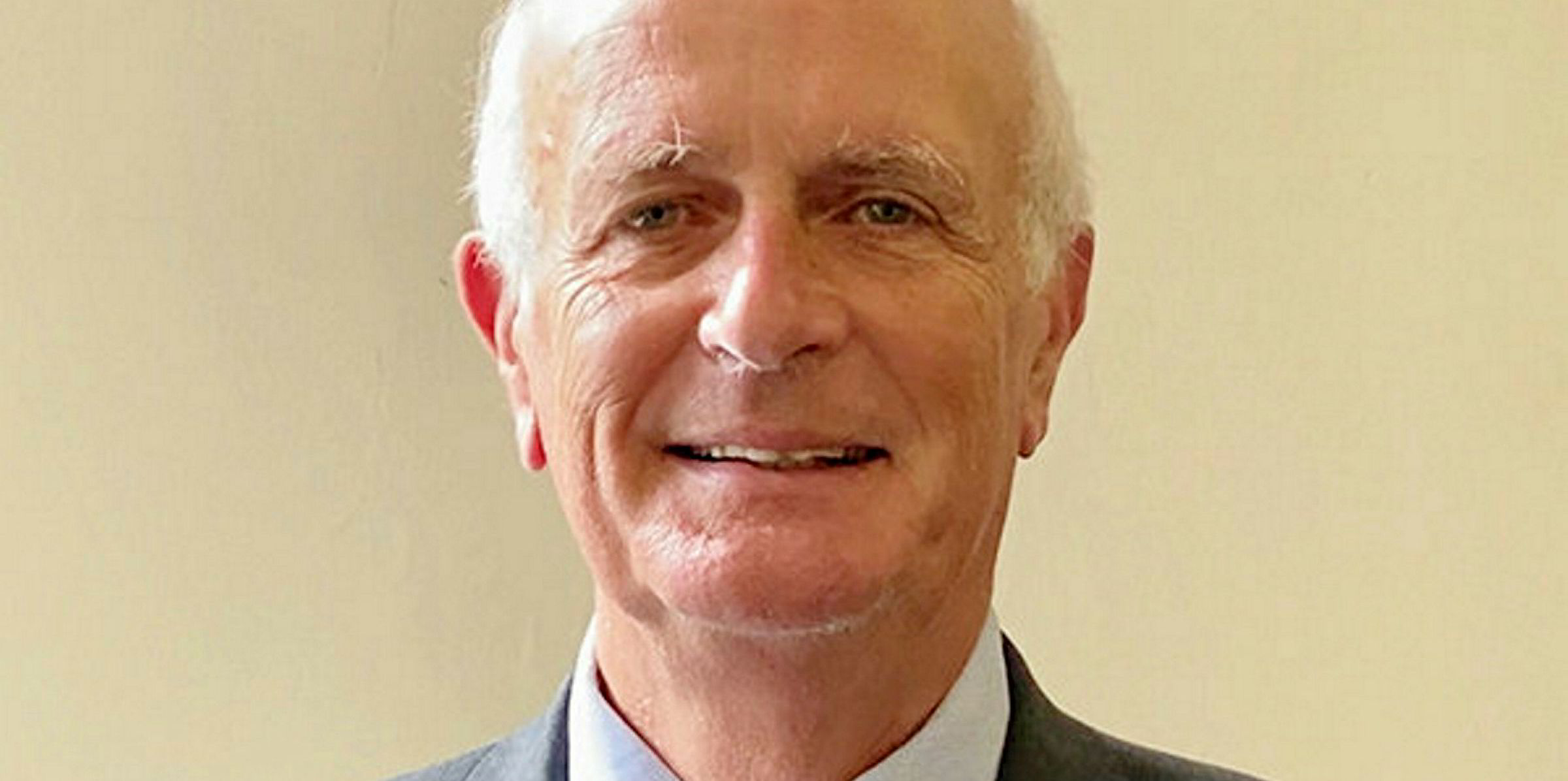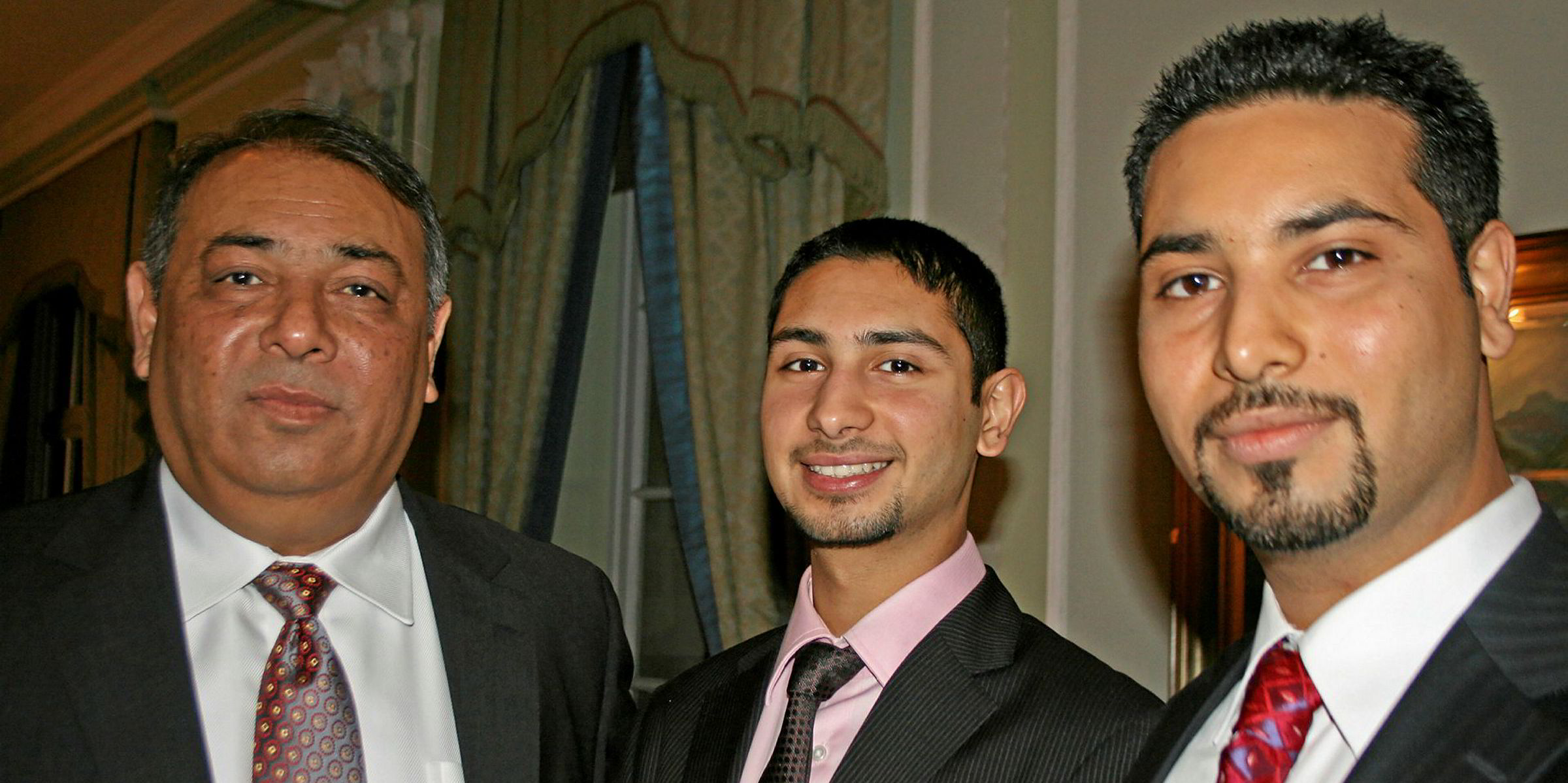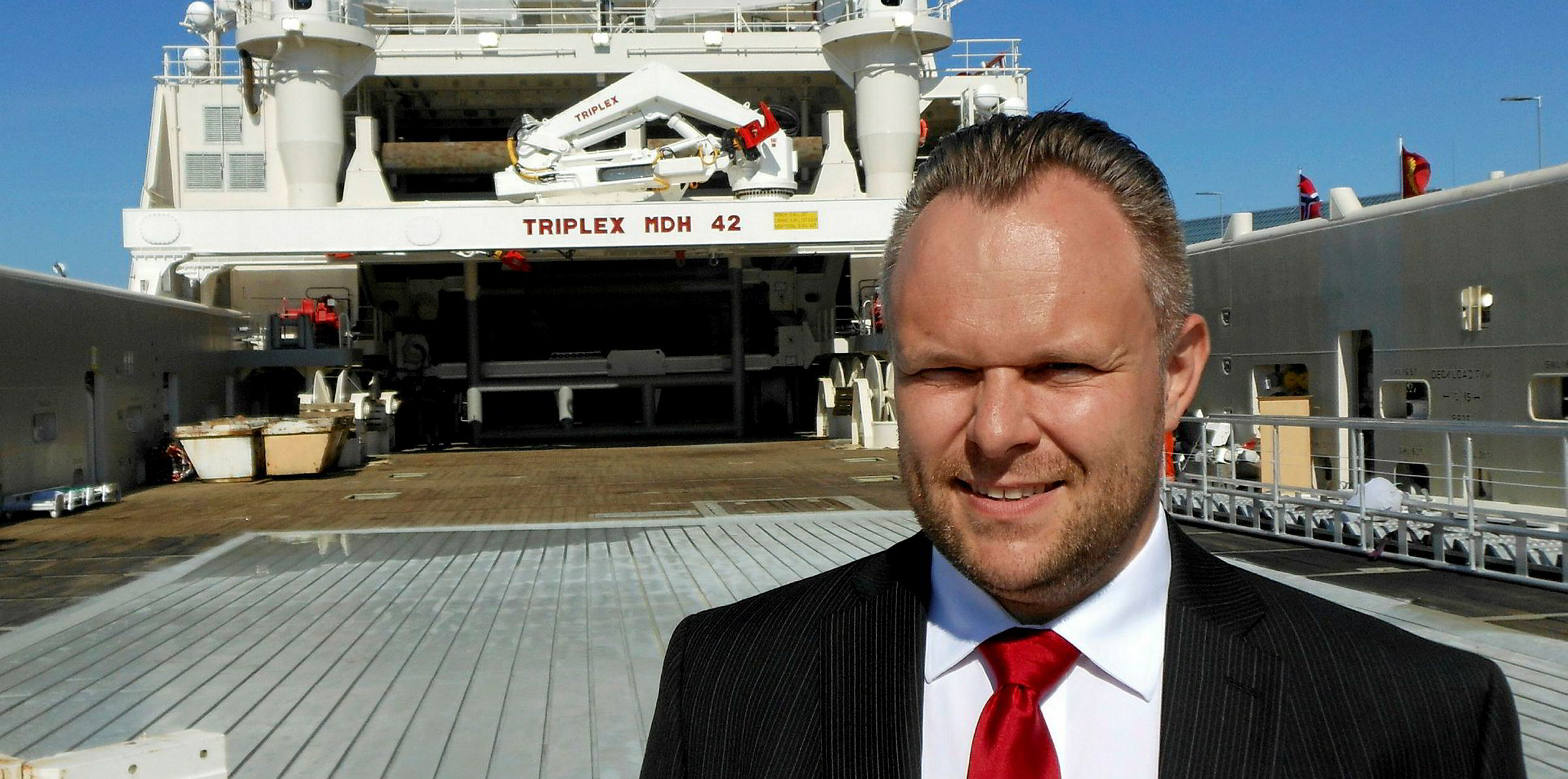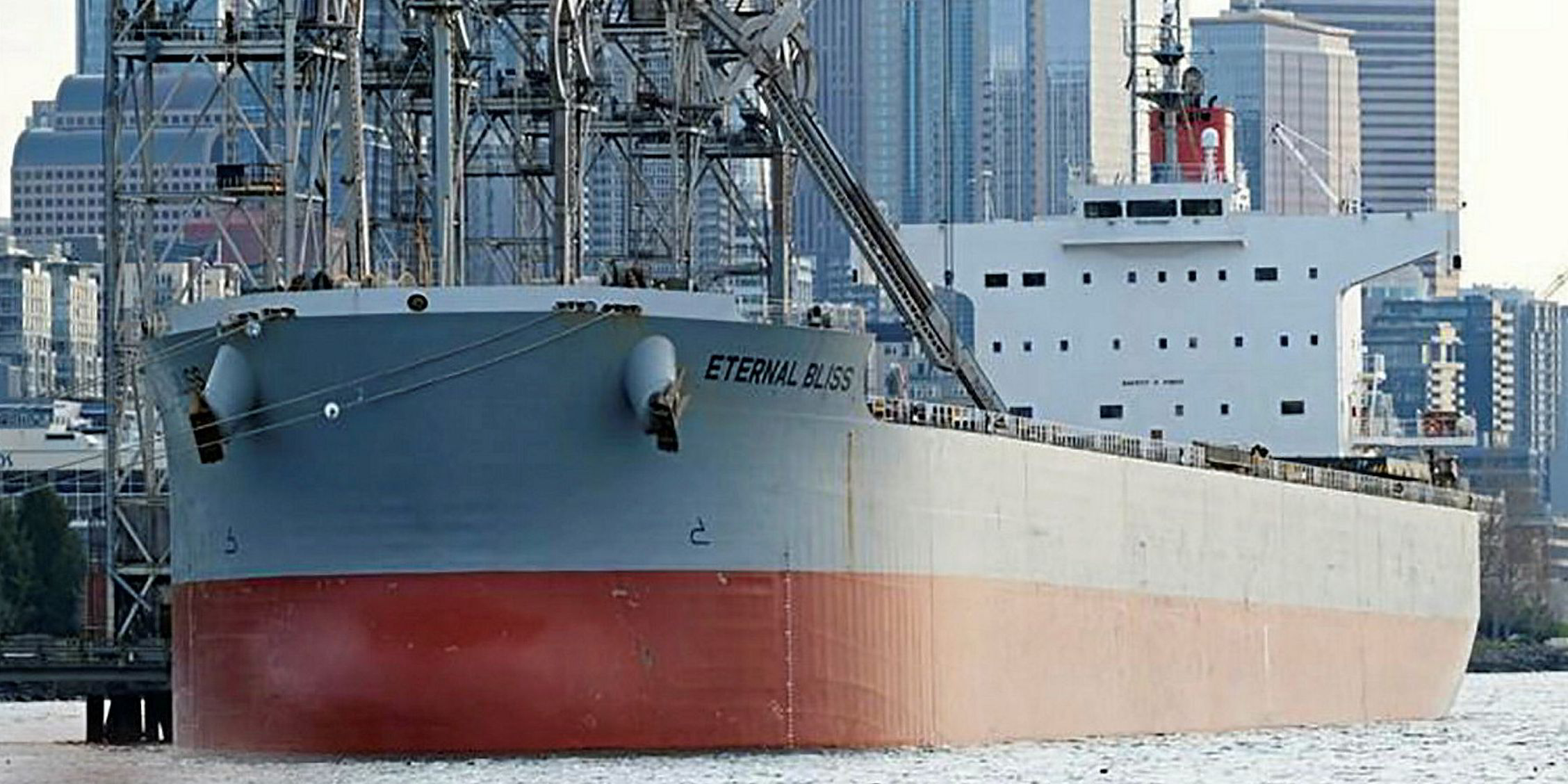The first use of remotely collected evidence in a UK Admiralty Court trial has helped settle afierce legal fight arising from a bizarre multi-vessel collision in the Suez Canal in 2018.
Justice Nigel Teare, in his last admiralty case, found the owner of the 74,200-dwt bulker Panamax Alexander (built 2001) 100% responsible for the pile-up.
The owner is listed as Pacific Pearl, with Cyprus Sea Lines as the manager at that time.
The saga began on 15 July 2018, when the HMM-operated, 5,100-teu containership Aeneas (built 2010) suffered mechanical problems and grounded in the southern section of the canal.
Three bulkers following closely behind in an eight-ship convoy — the Panamax Alexander, Wisdom Marine Lines' 81,700-dwt Sakizaya Kalon (built 2017) and AM Nomikos’ Osios David (built 2012) — could not stop in time and collided with each other.
All three vessels required towage following the incident.
While the Panamax Alexander was under tow to anchorage it hit the north-bound, NYK Line-managed, 9,040-teu containership NYK Orpheus (built 2008).
None of the vessels accepted liability for the collisions, leading to three separate claims, totalling $18m.
Legal first
The three actions were heard together in July, in a hearing that was fully-remote due to Covid-19 restrictions, with all documents in electronic format.
The judge, expert assessors, counsel and solicitors all took part from their homes.
Law firm HFW, acting for Wisdom Marine, ensured that the master of the Sakizaya Kalon was able to give evidence live from another vessel at sea.
HFW's team was led by partner Jim Cashman and also included master mariner Paul Miller and paralegal Richard Cooper.
Cashman said: "We are extremely proud to have helped our client achieve such a comprehensive victory in this matter.
"It is extremely rare with collision cases for one of the vessels to be found 100% liable. But this really was an open-and-shut-cut case and should never have gone to trial, as it was abundantly clear from the outset who was at fault."
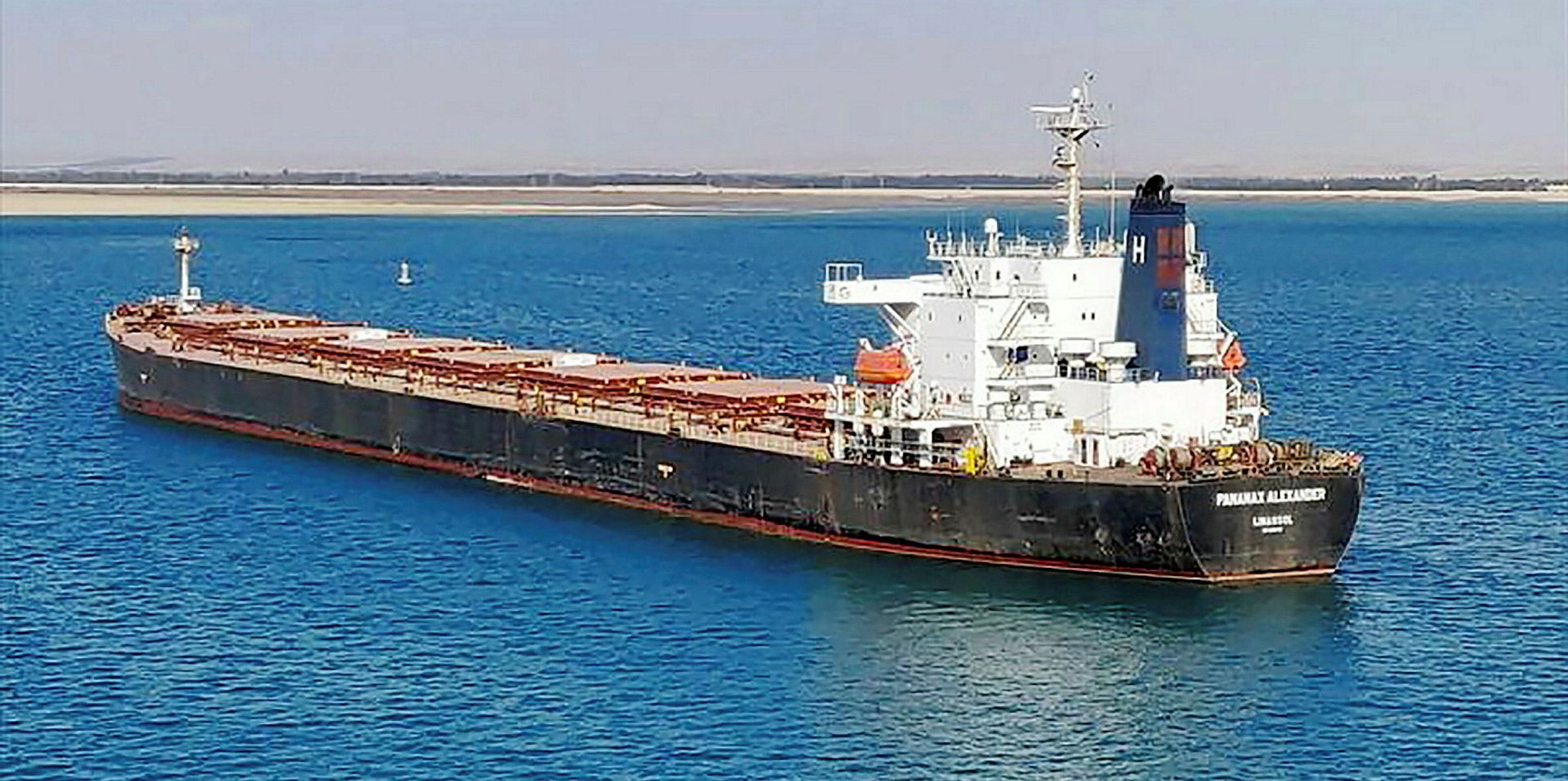
Evidence from sea
Cashman said the Covid-19 outbreak created some unique challenges throughout the process, but the hearing was completed on schedule in four and half days.
"At the time of the trial, our captain had moved on and was employed on a vessel managed by Aegean Shipping Management," the lawyer added.
"They were strangers to the litigation process, but willing to assist us in all the arrangements that were necessary for the video link to the South Atlantic. We extend to Aegean Shipping our gratitude for their assistance."
Teare ruled that the first collision, between the Panamax Alexander as the last ship in the convoy and the Sakizaya Kalon as the seventh, was caused by the fault of Panamax Alexander in failing to moor before the KM 149 marker in the canal.
"It is an unusual case where a causative fault occurred more than an hour before the collision," the judge said.
"I have no doubt that the first collision not merely provided the opportunity for the later collisions but constituted the cause of them."
Complicated case
Teare said he realised people would wonder why it was not a simple case, as the Panamax Alexander was the last in line and hit the vessel in front.
But he added the question of responsibility was complicated by the duty of vessels in the convoy to inform those astern of their intention to moor, the presence of submarine cables which impeded the use of anchors to assist with mooring, and the challenge of mooring in a following current.
TradeWinds reported in 2018 that insurers were bracing themselves for hefty bills that could run into the tens of millions of dollars from the incident.
Fees for emergency tug and salvage services provided by the Suez Canal Authority are notoriously high, with charges often running in to millions of dollars.
